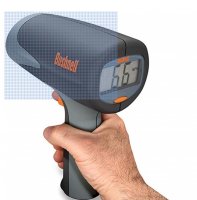flattop1
Dawg 89
that's funny and obvious !What about foot activated.
that's funny and obvious !What about foot activated.
It just seems to me that the governor would prevent the engine from going over 5500? I know what you said about your observations with RPM checking after the race, and I don't want you to think I'm doubting what you said, I'm just trying to figure out a reason for it.The engines can't turn 5500 and win a race because they fall off drastically after 5000. A rough track will cause the kart to bounce thus allowing the engine to increase a few rpm.
It's not a concern for a legal stock motor, the rule proves if someone can win turning more it's been tampered with.It just seems to me that the governor would prevent the engine from going over 5500? I know what you said about your observations with RPM checking after the race, and I don't want you to think I'm doubting what you said, I'm just trying to figure out a reason for it.
I sure would like to see a dyno curve, with numbers, to see how steep that falloff is. I know what you said that
I'm wondering; why would it be of any concern if the engine did, because of a brief lack of contact with the track, go over 5500 RPM during a race?
I'm going to have to go back and look at Amazons listings and see if they sell some kind of a handheld MPH sensor.

"Speed" isn't that what we're trying to determine, somebody exceeding the top speed a restrictor would allow?I already have that gun. Bought it years ago for my driver ed classes. No good for karting other than to give you a speed.
Understanding the rpm limit requires an understanding of the limiting device.It just seems to me that the governor would prevent the engine from going over 5500? I know what you said about your observations with RPM checking after the race, and I don't want you to think I'm doubting what you said, I'm just trying to figure out a reason for it.
I sure would like to see a dyno curve, with numbers, to see how steep that falloff is. I know what you said that
I'm wondering; why would it be of any concern if the engine did, because of a brief lack of contact with the track, go over 5500 RPM during a race?
I'm going to have to go back and look at Amazons listings and see if they sell some kind of a handheld MPH sensor.
